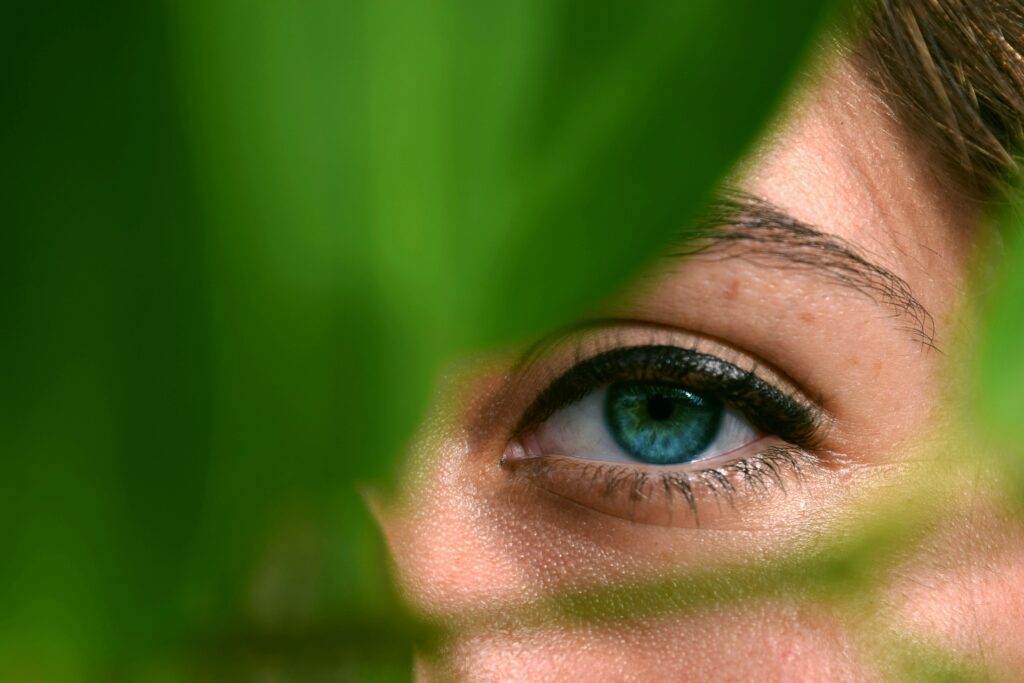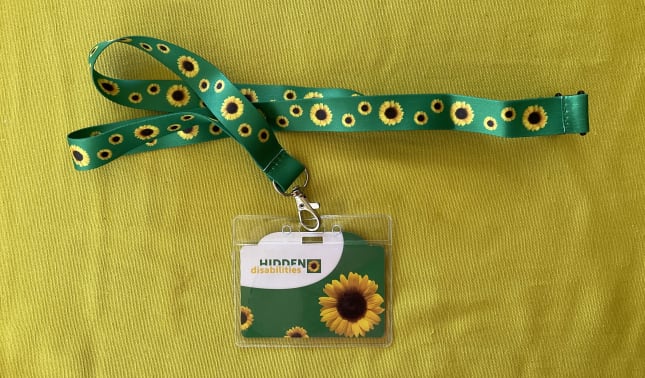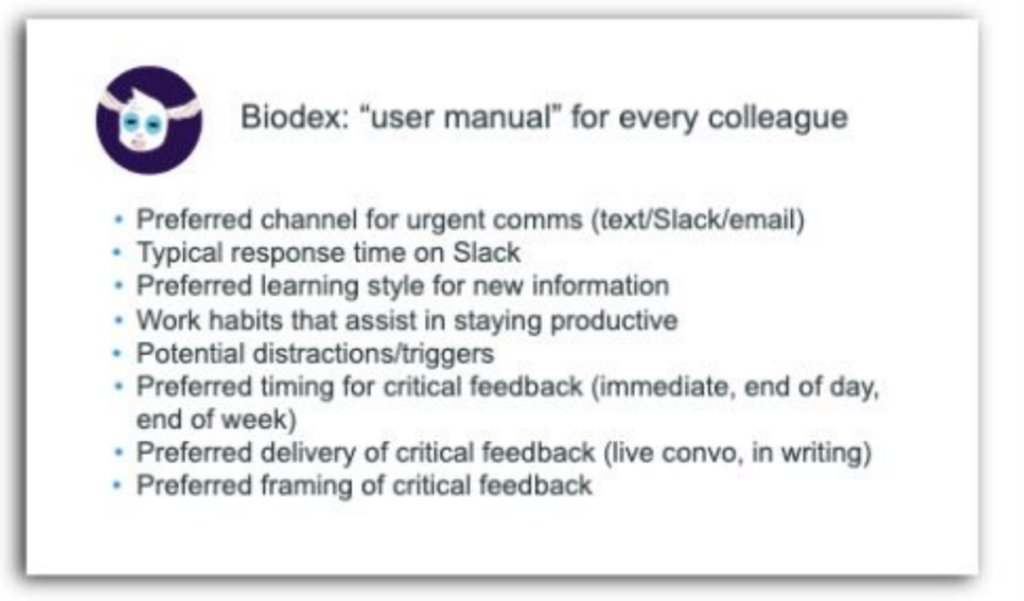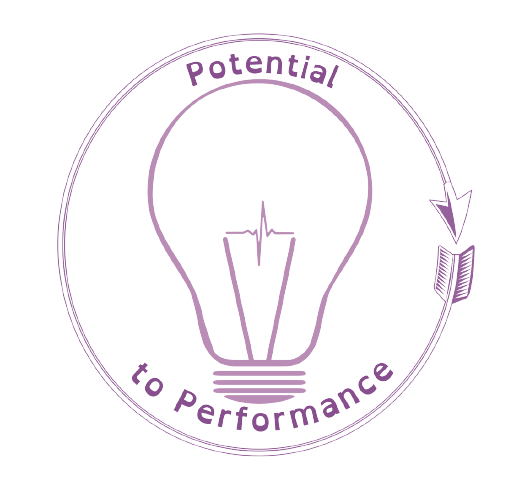By Brooke Trenwith
To be clear is to be kind. – Brené Brown
In a world buzzing with complexity and ambiguity, clarity often stands as a beacon of kindness. Whether it’s expressing our thoughts, needs, or intentions, being clear not only benefits the communicator but also the recipient. Clear communication fosters understanding, minimizes misunderstandings, and promotes empathy. In essence, being clear is an act of kindness.

Why Clarity is Kindness
Imagine being lost in a dense forest with no map or compass. The disorientation and anxiety would likely overwhelm you. Now, consider a similar scenario where a guide provides clear directions, marking the path ahead. Suddenly, the journey becomes manageable, even enjoyable. This analogy encapsulates the essence of clarity in communication.
When we communicate clearly, we offer guidance to those navigating the intricacies of our message. We illuminate the path, ensuring others comprehend our intentions without stumbling in the dark. Clear communication builds trust and cultivates stronger relationships, as it leaves little room for doubt or confusion.

The Role of Assistive Devices in Communication Clarity
A couple of weeks ago, my body went through a severe flare-up due to my MCAS. Unfortunately, it happened on a flight from Wellington to Auckland. By the time we landed, I was struggling to walk.
As I stumbled my way off the flight, people pushed past me with glares – impatient at the time I was taking to get off the plane. The stewards looked at me in confusion. I was fine getting on the plane, why was I taking so long to get off the plane?
I wanted to ask for help or at least some understanding. But situational mutism had crushed my vocal chords and I was only able to signal the above with my eyes.
The following day, I lay on the couch begging my body to recover. I ordered a fold-up walking stick and a Hidden Disabilities Sunflower Lanyard. I wanted to have something in my bag that could help me should this situation arise again.
Assistive devices such as walking sticks and sunflower lanyards serve as tangible symbols of clarity in communication, particularly for individuals with disabilities or special needs. A walking stick doesn’t just aid physical stability. It also communicates a clear message to others: “I may need assistance, please approach with care.” Similarly, the sunflower lanyard, worn by individuals with hidden disabilities, signals to others the need for patience, understanding, and support. These devices act as silent communicators. They bridge the gap between individual needs and societal understanding – without the stress of vocal requests for support. They promote inclusivity and empathy by making invisible challenges visible, fostering environments where everyone feels heard and valued.

Biodex
In the last few weeks, I have also started doing some work with Altogether Autism and am working with a new team of people. In the setup of our team, a member shared the idea of a Biodex from Ultranaughts and I am absolutely in love with this idea. “Two years ago, a team member at Ultranauts posed a simple question. “Wouldn’t it be great if everyone had a user manual for how to work with them?” That question led to the creation of the Biodex, a simple tool that contains 28 data points about each team member to help colleagues understand how to best work with them.”

For me, this is another great way of providing clarity and kindness. Team members giving guidance as to how their work best means that the Storming phase of team development can be mitigated more easily.
A similar Biodex could be used for students in classes to support their teachers teaching them.

Clarity in communication is an embodiment of kindness. By embracing clear and empathetic communication, and by understanding and accommodating the needs of others, we can create a more inclusive and compassionate society where everyone feels seen, heard, and valued.
